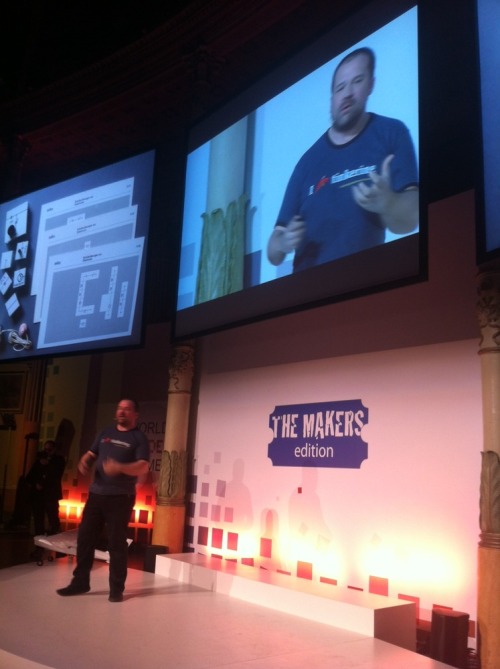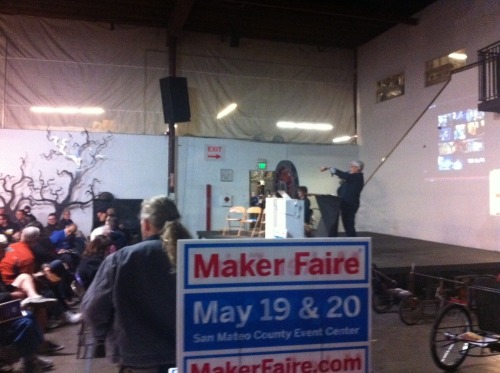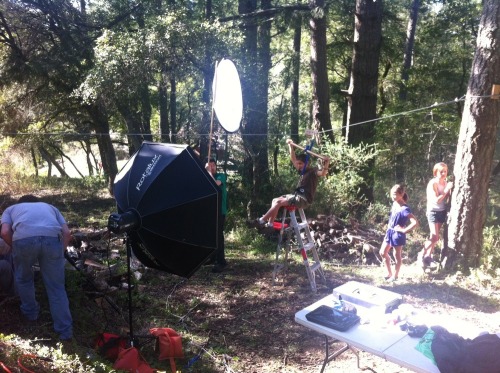With Massimo Banzi and Davida, I had a tour of each place where the Arduino is made in northern Italy, near where the Olivetti computer company once flourished. We started at the factory that makes the printed circuit board, a fascinating process to see first-hand. Then boards go a short distance to another small factory with pick and place machines. These machines automate placing a set of parts on the board. Then workers place the through-hole components on the board by hand. A tray of boards are heated and then a bath of solder is applied underneath, which is what the photo below shows.
After testing, the boards go to another light industrial office where the software is loaded and then the boards are wrapped up and boxed for shipment. All this takes place in a fairly small town surrounded by the Alps. I took more photos and I hope to write up the process in more detail in the future.





